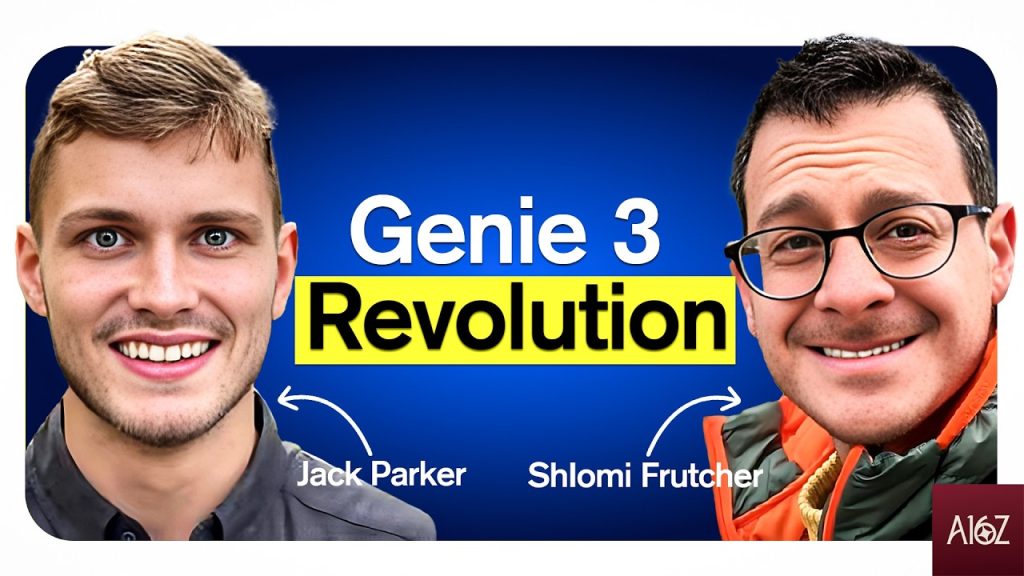August 17, 2025, 8:26 am IDT
Google DeepMind’s latest innovation, Genie 3, marks a pivotal moment in AI-powered world creation. This general-purpose world model, unveiled in a recent a16z podcast featuring Research Scientist Jack Parker-Holder and Research Director Shlomi Fruchter, transcends traditional video generation by creating fully interactive, persistent environments from mere text prompts, in real time. The conversation, hosted by Erik Torenberg alongside a16z partners Anjney Midha, Marco Mascorro, and Justine Moore, delved into the technical breakthroughs and profound implications of this technology.
The immediate responsiveness and persistent nature of Genie 3’s generated worlds are its most striking features. Previous generative models typically produced fixed, short video clips, but Genie 3 allows users to navigate and interact within the environment, with changes remaining consistent over time. Shlomi Fruchter described this as truly “amazing that it’s happening,” highlighting the “magic” of its real-time capabilities.
A core insight from the discussion centers on Genie 3’s “special memory” feature. Anjney Midha confessed, regarding the model’s ability to retain environmental changes, “the persistent part for me… I didn’t believe it.” This breakthrough enables the model to maintain continuity, ensuring that modifications to the world or character actions are remembered and reflected as the user explores.
The model’s impressive fidelity means that “a human who is not an expert… will watch it and think it looks real,” as Jack Parker-Holder proudly stated. This realism extends beyond mere aesthetics, encompassing plausible interactions within diverse environments. For instance, a character will naturally splash when walking through a puddle or swim when entering water, demonstrating an emergent understanding of physical properties and behaviors.
This ability to generate dynamic, interactive environments has far-reaching applications beyond gaming. The researchers envision its use in training embodied AI agents, creating realistic simulations for robotics, and even revolutionizing educational tools by providing immersive, customizable learning spaces. Shlomi Fruchter emphasized that “all of the applications basically stem from the ability to generate a world that just from a few words.”
The development of Genie 3 represents a significant leap from its predecessors, such as Genie 2, which focused more on 3D environment generation but lacked the same level of interactivity and consistency. The integration of advancements from various internal DeepMind projects, including the “GameGen” model that simulated the classic game Doom, turbocharged Genie 3’s development. Jack Parker-Holder noted the ambitious goal of achieving real-time, minute-plus memory, high resolution, and diverse generation all within a single model. This convergence of capabilities, previously disparate research efforts, has culminated in a truly transformative world model.

